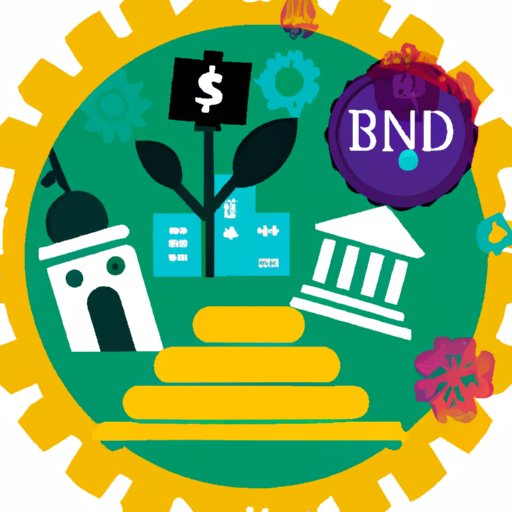Introduction
A Community Development Financial Institution (CDFI) is an organization that provides access to financial services to underserved populations and communities. The purpose of CDFIs is to promote community development by providing loans, investments, and other financial services to businesses, individuals, and other organizations in economically distressed areas. CDFIs have been able to close the gap between those who have access to capital and those who do not, allowing them to provide economic opportunity to people and places that are often overlooked by traditional lenders.
Overview of Benefits
The benefits of CDFIs to communities extend beyond simply providing access to capital. According to research from the Federal Reserve Bank of San Francisco, “CDFIs can play an important role in providing access to credit, building wealth, and fostering economic mobility for lower-income households and communities.” By providing access to capital, CDFIs help to create jobs, support small businesses, and encourage entrepreneurship. Additionally, CDFIs are able to provide credit to those who may not qualify for traditional financing, giving them the opportunity to build their credit score and gain access to more resources down the line.

History and Impact of Community Development Financial Institutions
CDFIs were first established in the 1970s as part of the government’s effort to fight poverty and promote economic development in low-income communities. Since then, CDFIs have grown significantly in size and scope, and now include a variety of organizations such as banks, credit unions, venture capital funds, and microlenders. According to the U.S. Department of Treasury, there are currently over 1,000 CDFIs across the country, serving more than 10 million people.
CDFIs have had a significant impact on communities throughout the United States. In 2018, CDFIs provided nearly $12 billion in financing to underserved communities, including $3.5 billion in business loans, $2.6 billion in housing financing, and $3.3 billion in consumer finance. These investments have helped to create jobs, spur economic development, and improve the quality of life in many low-income communities.

How Community Development Financial Institutions Work
CDFIs are able to provide access to capital through a variety of services, including loans, grants, investments, and technical assistance. The process for obtaining a loan from a CDFI will vary depending on the type of institution and the type of loan being sought. Generally, the process involves submitting an application, providing documentation to prove creditworthiness, and undergoing a review process. The review process may include a review of the borrower’s credit history, collateral, and other factors.
Types of Community Development Financial Institutions
CDFIs come in a variety of forms, each with its own unique services and benefits. Below are some of the most common types of CDFIs:
Microlenders
Microlenders are CDFIs that specialize in providing small loans to individuals and businesses. Microloans typically range from $500 to $50,000, and can be used for a variety of purposes, including starting or expanding a business, purchasing equipment or supplies, and investing in real estate. Microlenders offer flexible repayment terms and often have lower interest rates than traditional lenders.
Community Development Banks
Community Development Banks are CDFIs that focus on providing financial services to low-income communities. Community Development Banks offer a variety of services, including lending, savings accounts, and financial education. They often partner with local organizations to offer additional services, such as job training and technical assistance.
Credit Unions
Credit Unions are CDFIs that provide banking services to members of a specific group, such as employees of a company or residents of a community. Credit Unions offer a variety of services, including checking and savings accounts, debit cards, loans, and credit cards. Credit Unions often have lower fees and higher interest rates than traditional banks.
Community Development Venture Capital Funds
Community Development Venture Capital Funds are CDFIs that provide capital to small businesses and entrepreneurs. These funds invest in companies that have the potential to create jobs and spur economic development in low-income communities. Venture Capital Funds typically invest in early-stage companies and provide long-term capital to help them grow and succeed.
Conclusion
Community Development Financial Institutions (CDFIs) are organizations that provide access to capital and financial services to underserved populations and communities. CDFIs have a long history of providing economic opportunity to people and places that are often overlooked by traditional lenders. There are a variety of CDFIs, including microlenders, community development banks, credit unions, and venture capital funds, each offering its own unique services and benefits. By providing access to capital and other financial services, CDFIs are helping to create jobs, spur economic development, and improve the quality of life in many low-income communities.
(Note: Is this article not meeting your expectations? Do you have knowledge or insights to share? Unlock new opportunities and expand your reach by joining our authors team. Click Registration to join us and share your expertise with our readers.)
